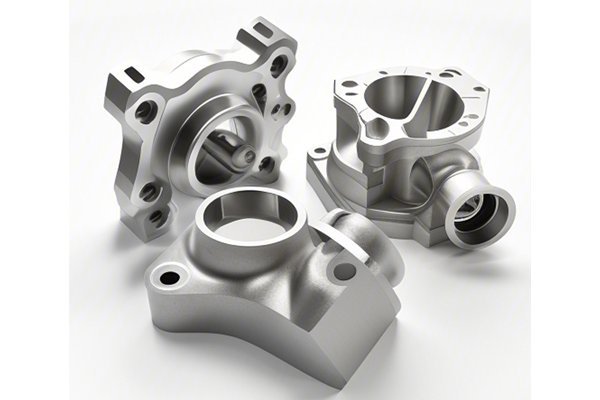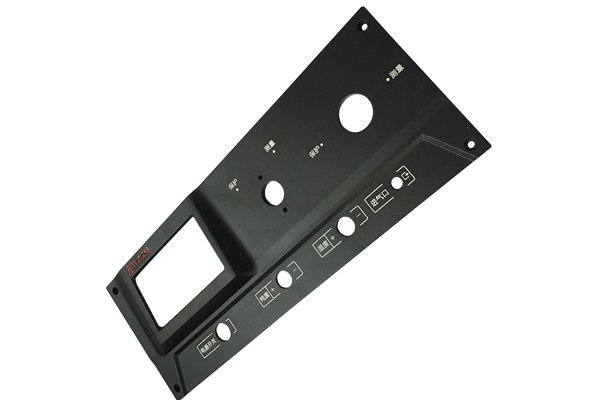: The Heart of Metalworking
Did you know that the melting point of steel is typically around 2,500°F (1,370°C)? This impressive temperature is crucial not only in metallurgical engineering but also in the world of CNC (Computer Numerical Control) machining technology. The ability to understand and manipulate the properties of steel under extreme temperatures is fundamental for manufacturers aiming to produce high-quality components while optimizing processes.
This blog will explore how the mechanism of steel melting points, particularly under high temperatures, impacts CNC machining technologies. We will delve into the properties of steel, CNC machining techniques, and the solutions to common challenges faced by manufacturers.
Chapter 1: The Basics of Steel Melting Points
1.1 What is Steel?
Steel is an alloy made primarily of iron and carbon, with other elements added to enhance its properties. The melting point of steel varies depending on its composition, but understanding its melting point is essential for various applications, especially those involving CNC machining.
1.2 The Melting Point Mechanism
The melting point of steel isn’t just a static property; it varies based on factors like carbon content, alloying elements, and the cooling process after heat treatment. Elements such as nickel, chrome, and molybdenum in alloy steels can raise the melting point, enabling enhanced performance during high-temperature machining processes.
Chapter 2: CNC Machining: A Brief Overview
2.1 What is CNC Machining?
CNC machining is a subtractive manufacturing process where pre-programmed computer software controls the movement of machinery and tools. This process is critical for producing intricate parts and prototypes across various industries, including automotive, aerospace, and medical.
2.2 Importance of Understanding Melting Points
As CNC machining typically involves high-speed machining, the understanding of melting and deformation behaviors influenced by temperature becomes essential. Components need to retain their structural integrity, and knowing the melting points can aid in the selection of appropriate machinery settings to minimize wear and thermal damage.
Chapter 3: The Relationship Between Melting Point and Machining Processes
3.1 High Temperatures in CNC Machining
During CNC machining, various techniques such as turning, milling, and drilling can generate significant heat due to friction between the tool and workpiece. The melting point directly influences how a material behaves below that critical threshold.
3.2 Effects of High Temperatures on Steel
Chapter 4: Solutions to High-Temperature Challenges

4.1 Material Selection
Choosing the right steel alloy can mitigate issues related to melting points. High-performance alloys that can withstand higher temperatures without losing their mechanical properties are essential in keeping machining processes efficient.
4.2 Advanced Tooling Techniques
Utilizing high-speed steel (HSS), carbide, or ceramic tools can greatly extend tool longevity. These tools can endure higher temperatures and resist deformation, thus improving the overall machining accuracy.
4.3 Cooling Strategies
Cooling techniques such as flood cooling, mist cooling, and cryogenic cooling can help dissipate heat and reduce thermal deformation. Implementing a comprehensive cooling strategy tailored to the specific application can enhance machinability and preserve material integrity.
4.4 Optimizing Machining Parameters
Adjusting feed rates, spindle speeds, and depth of cuts based on the workpiece material’s melting point can lead to optimal performance. Finding the right balance helps maintain temperatures below the threshold, preserving component quality.
Chapter 5: Case Studies
5.1 Automotive Industry Applications
The automotive industry exemplifies the importance of understanding steel melting points. A case study might involve the production of high-performance engine parts where tolerances are critical. By analyzing the effects of high temps on specific steel grades, engineers can optimize processes, reducing unnecessary material costs.
5.2 Aerospace Component Manufacturing
Aerospace components demand high precision and reliability. In this case, CNC machining processes that respect steel’s melting points can lead to safer and more efficient parts. Implementing advanced tool cooling strategies alongside careful material selection can yield exceptional results.
Chapter 6: Future Trends in CNC Machining Technology
As technology progresses, the integration of machine learning and advanced materials science will likely lead to groundbreaking methodologies in CNC machining. Future innovations may further refine our understanding of material behaviors at extreme temperatures, opening doors to even more efficient and sustainable machining practices.
6.1 The Role of Automation
Automation may simplify the processes of monitoring temperatures and adjusting tooling accordingly. Smart machines equipped with sensors can provide real-time data on thermal conditions, enabling immediate adjustments to maintain optimal machining parameters.
: The Importance of Steel Melting Point Mechanics in CNC Machining
Understanding the mechanisms behind the melting points of steel is critical in CNC machining. By recognizing how temperature influences material properties, manufacturers can overcome challenges related to tool wear, material integrity, and production costs. The applications discussed, from automotive to aerospace, demonstrate the broad relevance of this knowledge across industries.
As we continue to push the boundaries of CNC machining technology, keeping the principles of steel melting points at the forefront of our methodologies will pave the way for innovation and improvement in manufacturing processes. This subject is not just theoretical; it has real-world implications that can lead to significant advancements in production efficiency, quality control, and ultimately, business success.
This exploration has been significant not only in addressing immediate machining concerns but also in encouraging you—engineers, machinists, and manufacturers—to reflect deeply on how understanding the science behind your materials can transform your practices. In this rapidly evolving landscape of manufacturing, staying informed is key to success.






